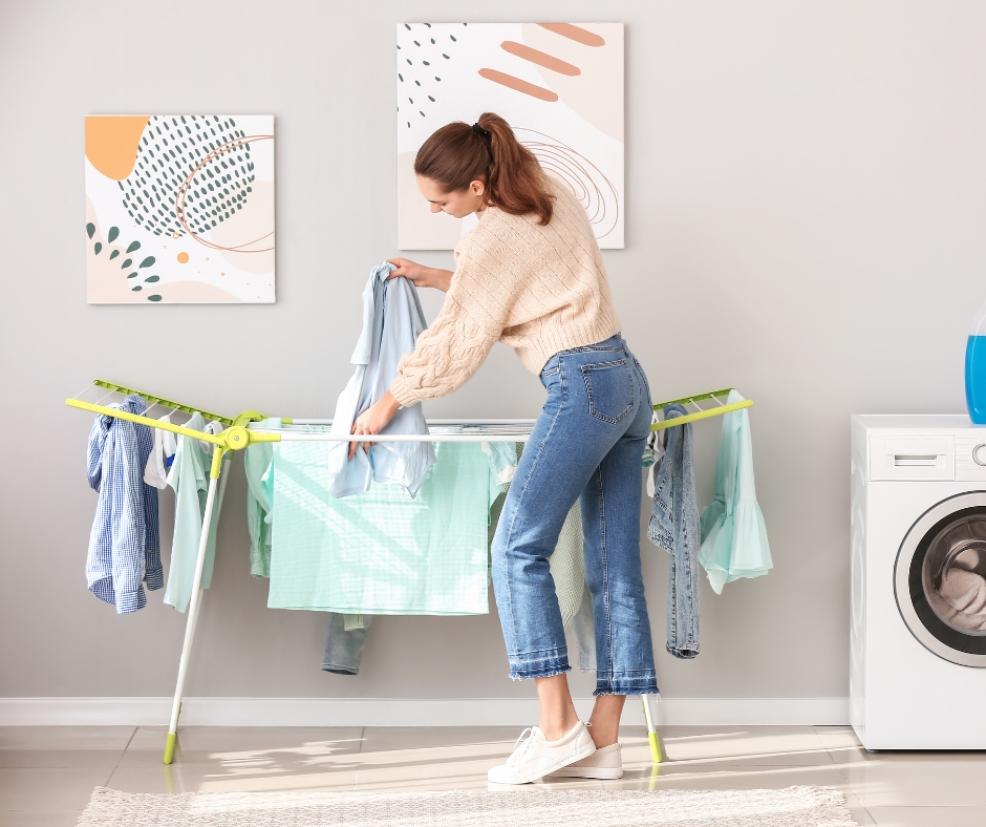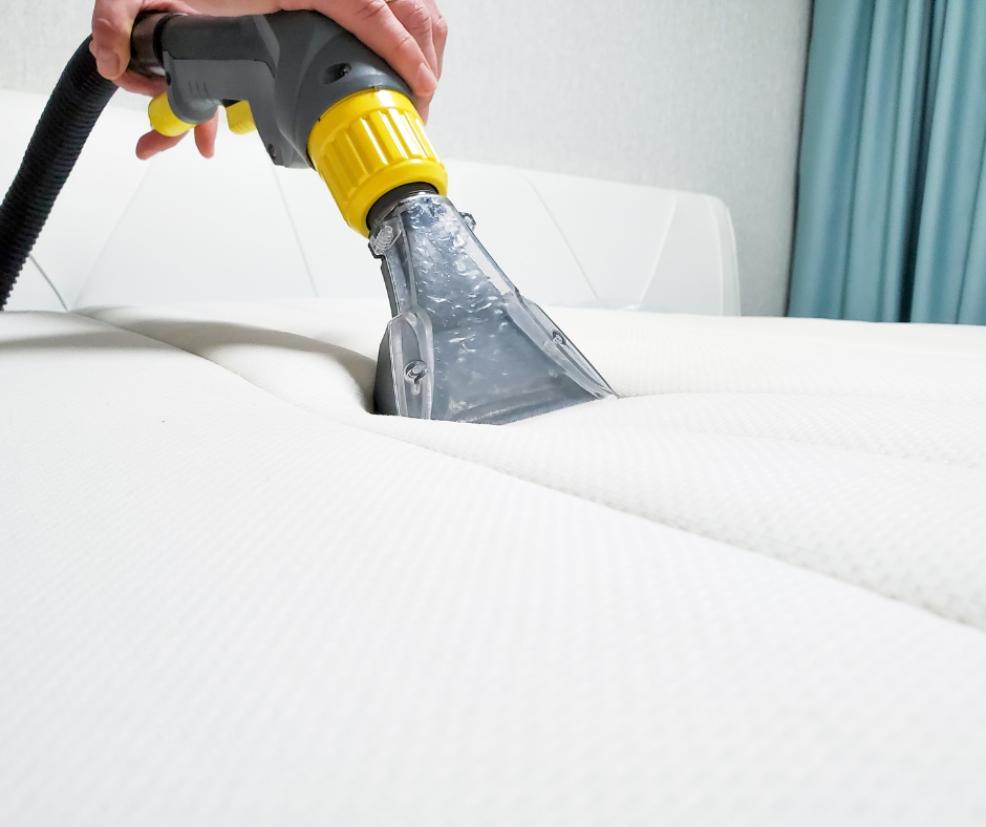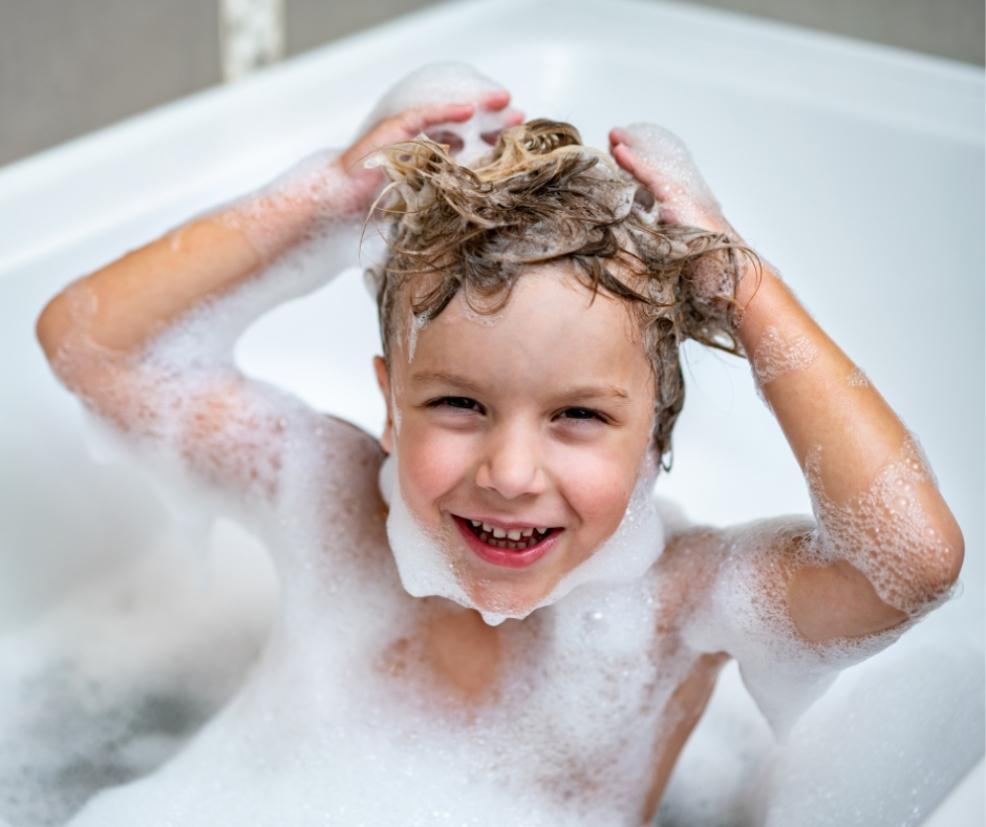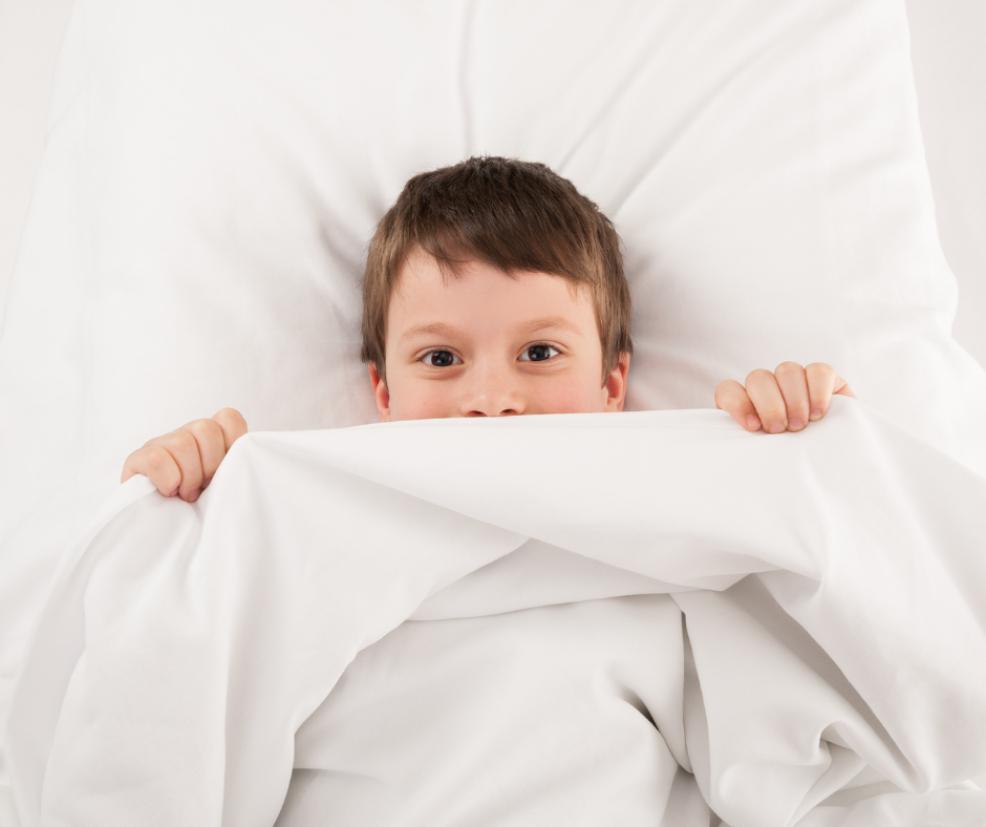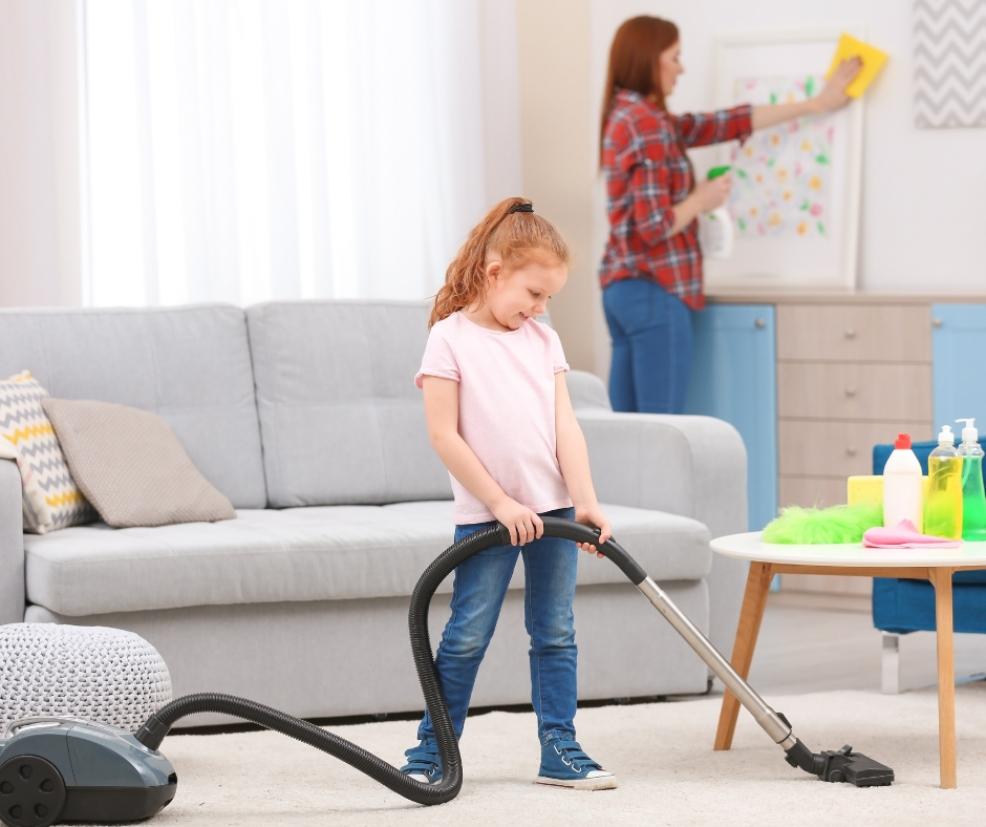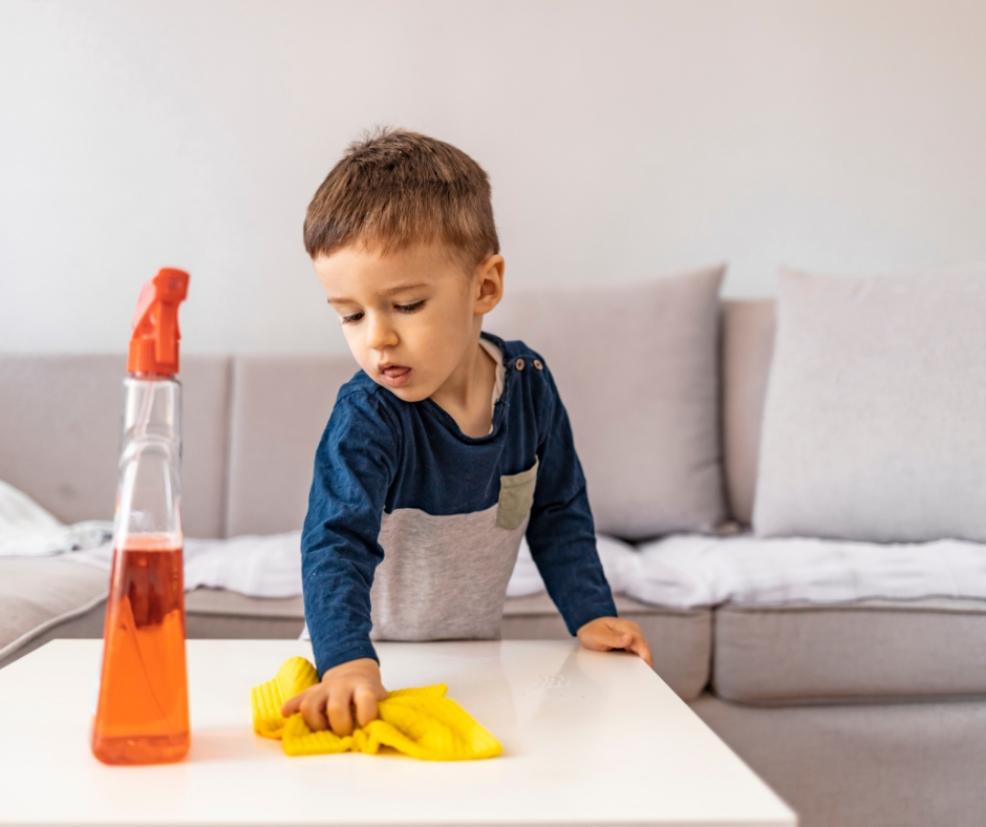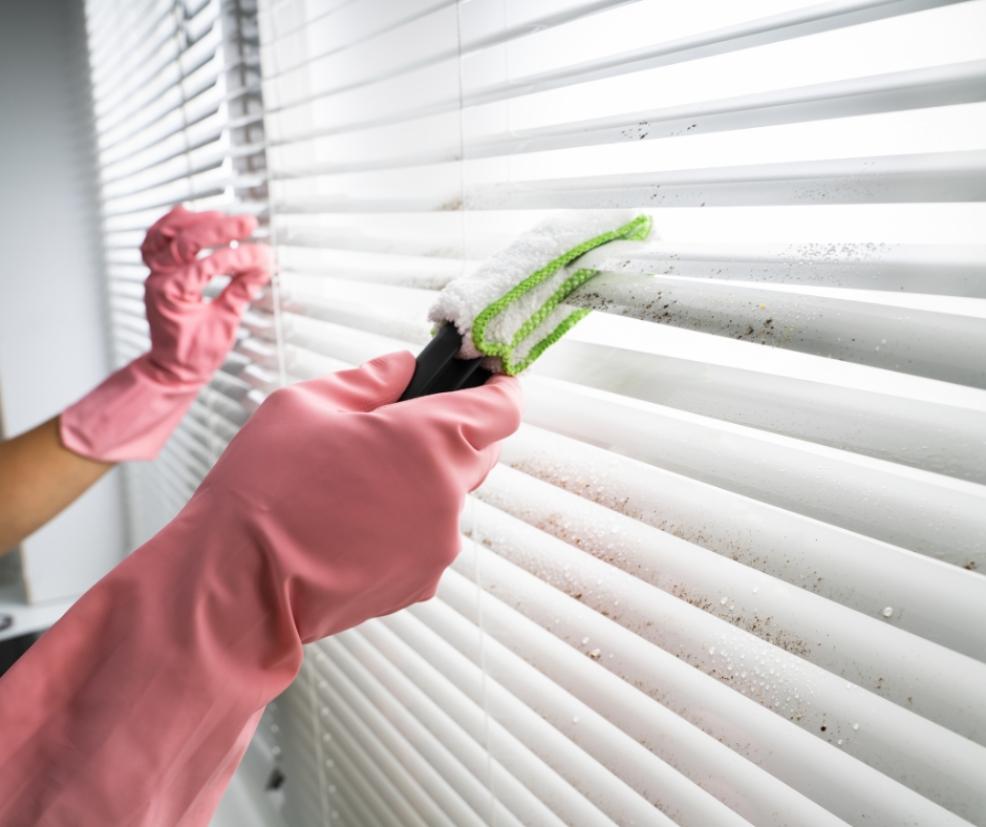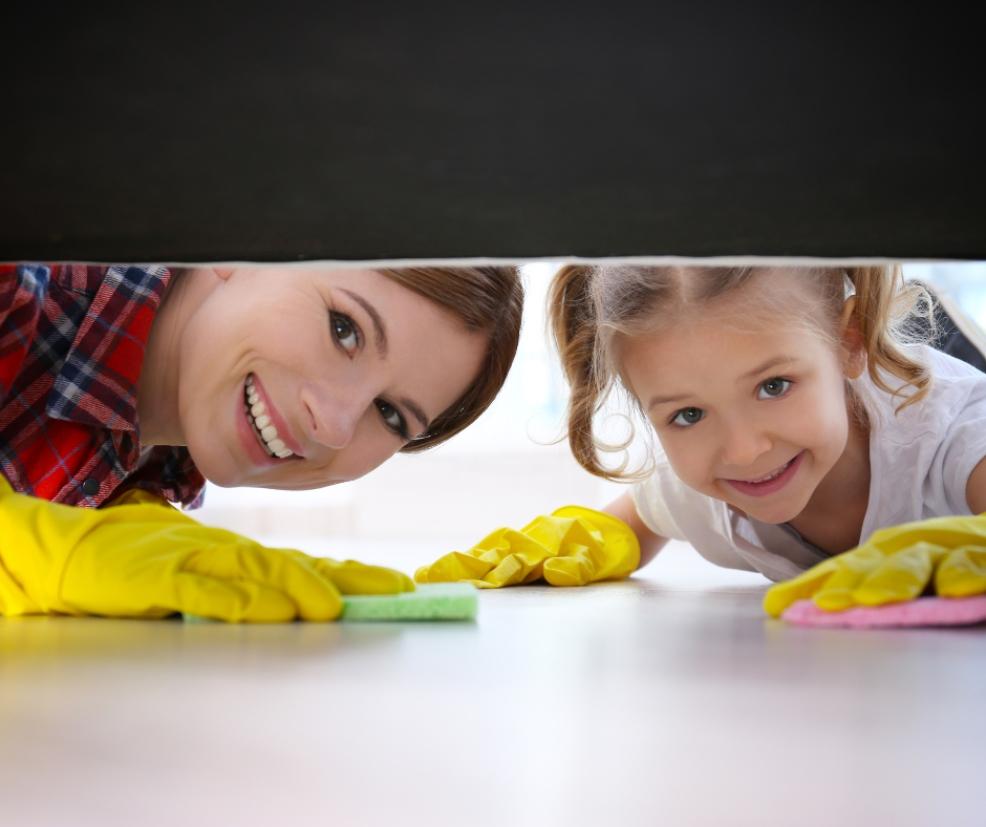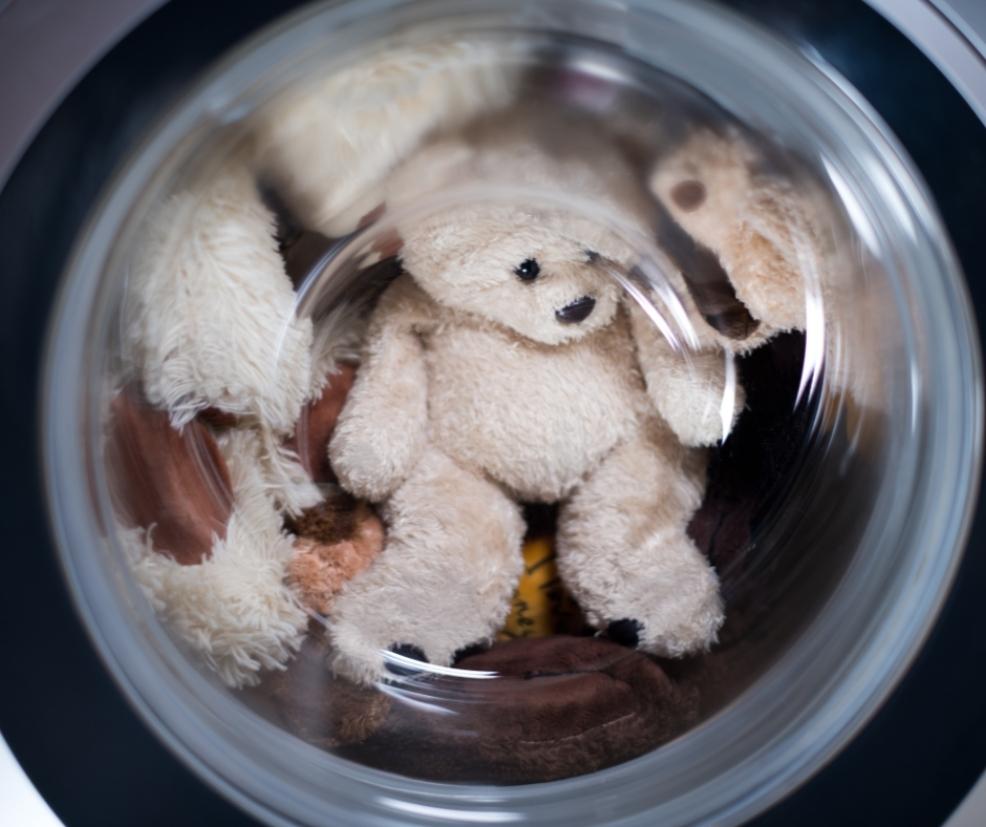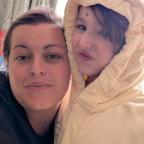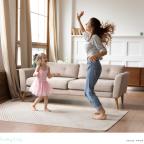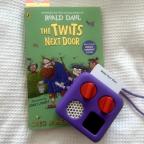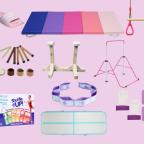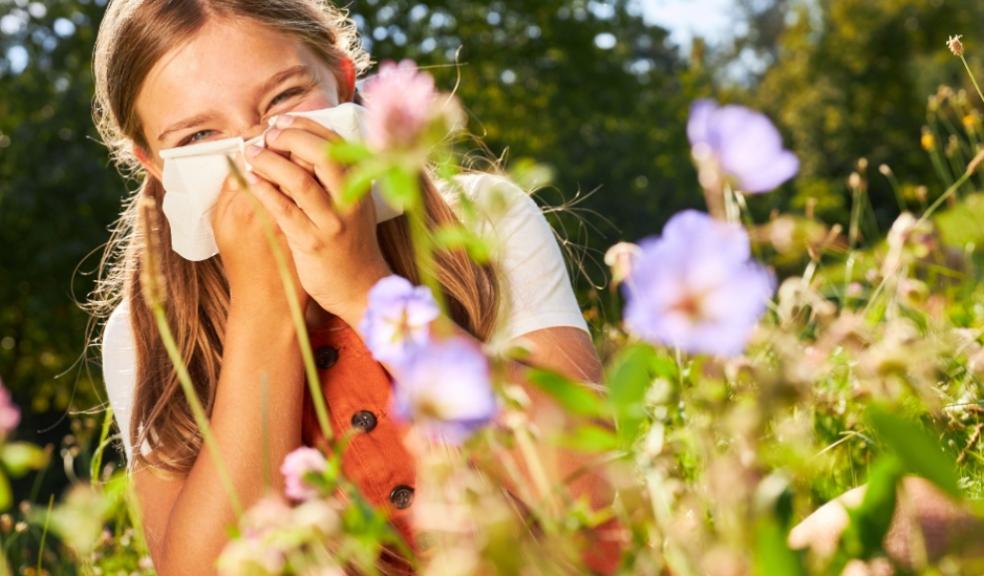
Top 10 cleaning hacks to improve your kid’s sleep during hay fever season
Amid recent news that a 'Pollen bomb' is hitting the UK in full force and hay fever affecting 10-15% of children, many are looking for solutions to prevent those bothersome symptoms from disrupting our children's precious sleep.
With this in mind, MattressOnline spoke with Mira Yordanova, owner of end-of-tenancy cleaning company Top Cleaning GB, to put together their best bedroom cleaning hacks to help hay fever sufferers regain a good night’s sleep.
-
Dry clothes inside
Some of your washing habits might need changing when dealing with hay fever symptoms. After doing your laundry, avoid drying clothes and bedsheets outside in the fresh air, where pollen and dust can collect on them. Instead, dry them in a tumble dryer or hang them up inside.
-
Make your own dust-repellent spray
Consider mixing the following ingredients to create a homemade dusting spray that will keep your surfaces cleaner for longer:
● ½ cup of water
● ¼ cup of vinegar
● 2 tablespoons of olive oil
● A few drops of essential oil of your choosing to give your spray the perfect scent. (Remember to check if it’s safe for pets!)
Once sprayed, you’ll have to wipe the surface with a clean cloth. This dust-repellant spray will help keep dust and pollen away from your bedroom’s surfaces for longer!
-
Vacuum their mattress and wash their bed sheets EVERY week
You should vacuum your mattresses weekly to make sure that absolutely no trace of allergens is left to haunt your kids’ dreams. And don’t forget to flip it to vacuum both sides. You should also wash their bedding once a week, giving special attention to pillow covers during this time of the year.
-
Wash their hair before going to bed
Pollen can get stuck to your children’s hair during the time spent outside of the house, with the risk of getting on their pillowcase. The best way to avoid opening their bedroom door to pollen is to wash their hair with shampoo every evening. Alternatively, you can also try applying some leave-in conditioner, which will make it harder for pollen to get stuck to your child’s hair during the day. You should also try making them wear hats and tie their hair up before leaving the house.
-
Mattress and pillow protectors are your best friends
Consider purchasing an anti-allergy mattress and pillow protector if you haven’t already, and make sure to wash them every one or two weeks with the rest of your bedding. This will ensure that any residual pollen on the mattress and the pillows won’t be able to reach your kids’ bedsheets, improving their sleep quality significantly.
-
Vacuum TWICE a week and use this trick
It’s a good habit to vacuum twice a week, especially for rooms covered in carpets, where dust can deposit very easily. But make sure you’re cleaning the WHOLE bedroom, not just the floors. These are some of the areas that people tend to forget about:
- Ceilings and walls;
- Light fixtures;
- Shelves and tops of cabinets;
- Curtains and blinds;
- Flat surfaces.
Using a criss-cross pattern while vacuuming the bedroom’s carpets will also help to improve your quality of sleep during hay fever season. In fact, moving the vacuum in different directions will ensure you are getting deeper into the fibres of the carpet getting you a deeper clean.
-
Try damp dusting
When dusting, always choose a damp cloth over a dry one. The dry one will allow the pollen and the dust that you’ve just removed from the surface to float around the bedroom and deposit somewhere else. Instead, if you’re using a damp cloth, the pollen will stick to it, and you will truly have gotten rid of it for good!
-
Use a pair of tongs to clean your blinds
Pollen can deposit on the bedroom’s blinds, as they stand so close to the windows. Grab a pair of tongs, wrap them in a damp microfiber cloth sprayed with cleaning product and secure it in place with elastic bands or clips. Next, grip the blinds lightly and slide the tongs down to clean both sides of the blinds at once, making your dusting process less time-consuming and 100% efficient!
-
Use small objects to reach tight spaces
Sometimes it might be difficult to clean the whole room because of areas that are more insidious to reach. Try using a paintbrush, a toothbrush or even a ruler to be 100% certain that you’ve cleaned every single part of your bedroom and no trace of pollen is left to ruin your children’s sleep.
For example, by wrapping a cloth around a ruler or a kitchen spatula, you can very easily reach tight spaces under appliances and furniture. A paintbrush can help remove the dust from the skirting, or from any crack in the floor. You can also be creative and find the objects and utensils that work best for you!
-
Clean your kids’ toys in hot water as frequently as possible
Stuffed toys can house dust mites and pollen, so parents with kids suffering from hay fever symptoms should consider buying toys that can easily be cleaned. You should vacuum toys more frequently during this time of the year, and, when possible, even wash them with hot water in the washing machine. Try storing toys into boxes or closed spaces to avoid leaving them exposed to pollen all day long.

